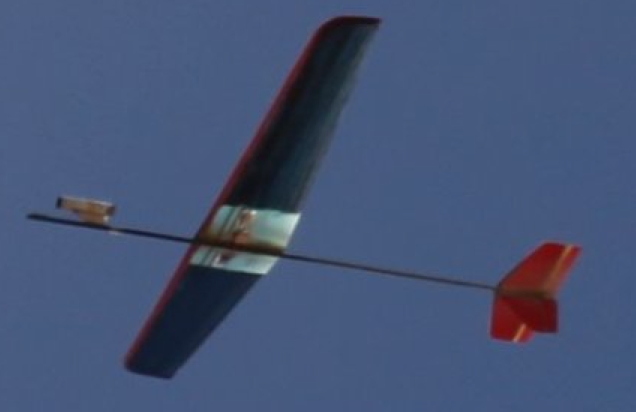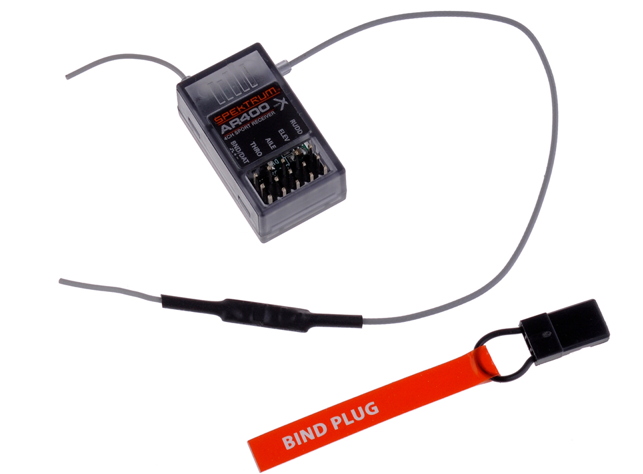I am impressed by the Spektrum AR-400, current price $29.99:
https://www.spektrumrc.com/Products/Default.aspx?ProdID=SPMAR400
With the plastic case removed, it is VERY light, about 2 grams IIRC. I once was flying a Radian, 2 meter electric sailplane, and chased a parachute duration model with it, and before I realized it I had let it fly at well over 1/2 mile away, maybe 3/4 mile (farther than I intended). Once I realized that, I turned it around and flew it back. So, the range is very good.
And due to the low weight and the relative thin-ness, I designed an R/C Rocket Glider contest model that has the receiver inside of the root of one of the wing panels. I did have to modify the servo connection though since the connectors stick out the side, which would have stuck out of the bottom of the wing. Anyway, along with two Dymond D-47 4.7 gram servos (also mounted inside the wing), and a single 3.7V 100 mah Lipo (yep, also in the wing), that design won at two NARAMs that held C Rocket Glide. The fuselage is just a graphite tube (about .32" OD IIRC), and an engine mount up front. Normally the radio gear, or at least the receiver and battery, would be inside a special housing in the front, but for this model all the radio gear is in the first 3" of each wing root. It was reinforced accordingly with extra glass cloth for the first few inches (I made the composite wings myself)

One drawback to this design approach, servos glued into wing, is that it's not practical to remove the wings (Also if the wings bolted on, that would add about more weight to the model, and drag). So this design, 34" span, has to be transported in one piece. Found a huge box to fit them inside of.
Anyway.... I have found the AR-400 to be a great reliable little receiver. I have used lighter receivers , and lighter servos, but those were not as trustworthy.
Do note if anyone tries a 7.4V Battery pack, many servos will fry their feedback potentiometers on that much voltage. I've forgotten at least twice and fried two servos rated 4.8 to 6.0 volts. The Dymond D-47's are designed for 8 volts. Otherwise, the fix is to use a voltage regulator or ESC to get 5 volts for the radio gear.
I'll also mention that for bigger models, like S8E, I use 7.4V LiPo packs. I took a little bit of a risk using 3.7V with the AR-400 and two D-47's on the above model for contest mass purposes, but they turned out to work out fine (concern is possible "brown-out" when servos draw enough current when they move to cause the receiver voltage to drop so low that it "browns out", and resets itself so that at the least it's not controlling the servos for a few seconds as it reboots. Worst-case, it does not reboot with the transmitter and control is never regained).
As for receiver/servo "bricks", here's the AR-6400:
https://www.spektrumrc.com/Products/Default.aspx?ProdId=SPMAR6400
That has 6 channels (3 extra ports, plus throttle). But there have been less expensive 3-channel versions. Width of 1.09". I've used some of those 3 channel types (2 worm-drives servos and ESC for throttle). Reliability is OK, but I've had a couple that over time one worm drive servo quit working and had to replace the whole thing. Also had one die in the middle of a flight, and flew away, but never knew if it was the brick going bad, or if the battery either died or somehow lost connection during a smooth no-stress glide.
It is certainly the most practical way to go REALLY light (4 grams without 50-70 mAh 3.7V Lipo), but since it is 1.09" wide it's not as low profile as other options. Also, not a lot of servo power, and range MAYBE to 1000 feet.



